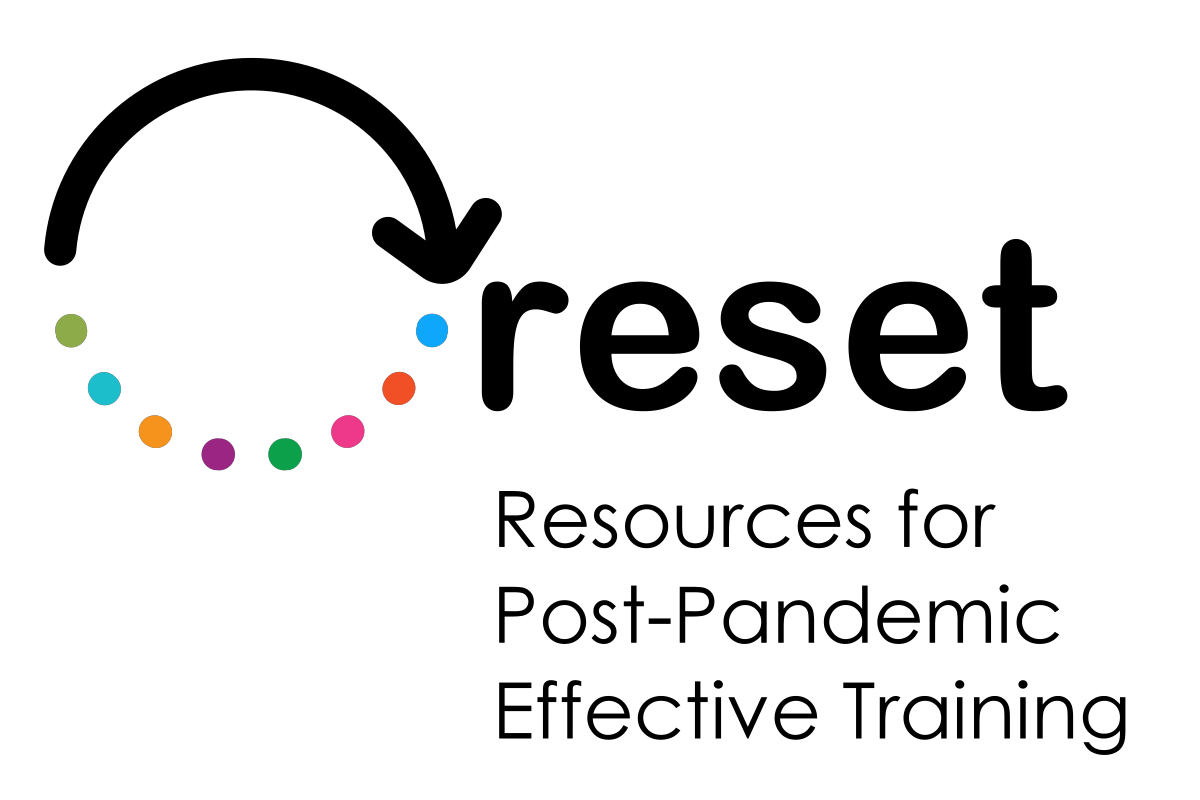 Mind maps Mind maps How difficult is it to gather ideas?Click to read 
|
If you are not organized, even a seemingly simple activity like presenting a topic you know well can be complicated.
Can’t you believe it?
Grab a pen and paper, and try to introduce yourself with a short text of about 300 characters.
Only continue when you have finished! |
 |
Evaluate your effort...Click to read 
Were you perfectly confident?
Then the blank sheet of paper doesn't intimidate you, and you have clear ideas: both about the most important things to say and the order in which to say them. But can you always be this efficient, or are there topics that give you a harder time?
Were you struggling to decide what to start with?
That's normal: deciding what to prioritize is one of the main problems in exposing a topic, even a familiar one (and sometimes because of it!).
Were you struggling to organize your argument?
This is normal: when we think, our minds tend to "jump" from one concept to another in an order that is not as linear as the text you had to write on paper.
Was the white paper freezing you out?
That's normal: it's not just a matter of determining what to start with, but also how to use the space.
Couldn't stick to 300 characters?
This is normal: you need to carefully consider which points to prioritize and how much weight to give to each.
Presenting oneself with a “map”Click to read 
|
Have you heard of Tony Buzan before?
He was a British psychologist who worked, in particular, on learning and memorization techniques.
He presented himself as you see on the side, using a "mind map": a tool he devised to graphically represent thinking (and much more!).
Observe it carefully.
|
 |
The elements of Buzan's mapClick to read 
|
1. Central node
The map has a center, which is the starting point topic for reflection.
|
 |
4. Leaf nodes
Concepts are distributed on several levels, without a theoretical limit. Nodes without offspring are called "leaves."
|
|
2. Branches
Branches radiate outward from the center, representing hierarchical associations between concepts.
|
5. Graphics
The map gives room for creativity: colors, pictures and drawings are used.
|
|
3. Words
Each topic or concept is represented by a single word.
|
6. Reading order
The map should be read clockwise starting from the top right branch.
|
Try it outClick to read 
|
What do you think? Does this sound like a useful technique for organizing ideas?
Get pen and paper, and this time if you want also crayons, photographs, scissors, and magazines to easily get images.
Then try coming up with a mind map, inspired by the one you just saw by Tony Buzan.
|
 |
Mind maps in briefClick to read 
|
Now look at the mind map you just created.
How useful could it be to you as a basis for doing the initial task, which is to present yourself with a 300-paragraph text? Or even give a small "off the cuff" presentation speech?
As you can imagine, mind maps are a technique for generating and organizing ideas that is useful in many situations, not just for presenting yourself: in fact, they are general visual thinking tools.
|
 |
|
Generally speaking, mind maps represent ideas and their associations in a diagram that always has a center and words, or short phrases, that describe concepts.
The words are connected by branches that depart from the center in a radial, hierarchical fashion.
Often graphic elements such as colors, pictures or icons are used: in this way, mind maps give room for both the rational aspect of classification and hierarchy and the creative and expressive aspect of the author.
In digital versions, external resources such as files or links can be integrated. |
 |
|
Mind maps are designed by steps: from the word-idea placed in the center, one proceeds outward associating sub-ideas as one goes along.
They can be made manually, or through software to produce digital versions.
They can help in work and teaching, but also in private life.
They are useful for preparing presentations, and also for studying and taking notes. But they can also support brainstorming, problem analysis, decision making, process management or design.
All this is because they are valuable tools for synthesis and understanding, as well as stimulants for attention and memory, and also for creating new ideas. |
 |

Summing upClick to read 
TestTest Yourself 
 Mind maps vs concept maps Mind maps vs concept maps Does this look like a mind map?Click to read 
|
Observe the map on the side.
What do you think of it?
Do you notice any graphical differences from the Buzan map seen earlier?
Let's think about it:
- Does it have words connected by lines or arrows?
- Does it have anything written on the links?
- Does it have a radial structure around the center or vertical downward?
- Does it use colors and pictures, or not?
- Does it have only hierarchical links, or not?
|
 |
Mental and concept maps comparedClick to read 
|
The one presented is a concept map, and it has several differences from a mind map.
The most obvious are graphic ones, for example:
- It has a vertical downward structure and not radial around the center
- It has word-concepts connected by arrows and not by simple lines (1)
- There are word-links on the links (2)
- It does not use colors and pictures
- It also has cross links between nodes of different branches (3).
The differences, however, do not end there, and the most important one is that they do not represent the same thing... |
 |
 |
 |
|
Mind maps
are focused on concepts and represent a theme or problem by combining them progressively by association.
|
Concept maps
are focused on the relationships between concepts and represent knowledge analytically, making explicit the links between concepts.
|
Differences in detailClick to read 
| |
Mind maps
|
Concept maps
|
| Structure |
Radial from the central idea.
|
Tree-like branching downward from the main concept.
|
| Concepts |
They can be represented within boxes, which in that case are called nodes.
|
They are always represented within boxes, and are called nodes.
|
| Links between concepts |
Always hierarchical. |
Not only hierarchical.
|
|
Represented by lines without directions.
|
Represented by arrows labeled with link-words, which make explicit the relationship between concepts.
Link-words are often verbs.
|
| Occasionally cross-cutting. |
They are often cross-cutting. |
| Graphics |
Frequent use of colors and pictures: creativity is used to balance the rational aspect of classifying concepts.
|
Rare use of colors and pictures, which in any case have little importance compared to organization and schematization.
|
| Especially indicated for ... |
Activities that require brainstorming, and thus benefit from the process of classifying and hierarchizing concepts.
|
To interpret, understand or explain analytically specific fields of knowledge or topics, and to relate them to prior knowledge.
|
Concept maps in briefClick to read 
↵
|
As you have seen, mind maps and concept maps have different characteristics.
The use of one or the other depends on what you want to represent.
Mind maps stimulate creative thinking and bring out the classification and hierarchy of concepts; concept maps, first proposed by Joseph Novak, emphasize the connections between entities in a known subject...
|
 |
|
... that is why the focus of concept maps is on concepts and their relationships. Concepts are represented by nodes, consisting of a word-concept or a short sentence enclosed in a box; relationships, on the other hand, are connections indicated by arrows with labels (link-words) that indicate the direction of the relationship and make explicit the type of relationship. Each sequence "words-concept "+"words-binding "+"words-concept" forms a proposition capable of returning a unified and self-contained meaning.
Connections are also often transversal, meaning between nodes of different branches. Typically there is only one key concept, and then the map has a hierarchical structure of an inverted tree, running vertically downward.
|
 |
|
Concept maps can be manually drawn but, given the complexity in their design, they are more often created with digital tools.
They can help in work and teaching when one is studying or has to communicate, explain or generally share knowledge that is understandable even to those who did not produce the map.
But they are also useful in the assessment of understanding of a topic.
All this is because they are valuable tools for synthesis, connection with prior knowledge and understanding of fields of knowledge, problems or processes.
|
 |

Summing upClick to read 
TestTest Yourself 
|
 Test Yourself
Test Yourself


